The Porsche Taycan made a splash when it was first released at the end of 2019, as one of the first credible, potential competitors to Tesla’s reign over the EV world. But is it really a competitor to Tesla at all? After driving it the past couple of days, I don’t think it is … and it doesn’t have to be.
Right off the bat I need to thank Kevin Song for lending me his Porsche Taycan 4S for this review. He’s the owner of Craft Detailing in Dedham, MA, which is where I got my Model 3 wrapped and ceramic coated. So it shouldn’t be a surprise that this has a beautiful stealth wrap on it. It looks good on camera and even better in person.
I’m not a traditional car guy, I’m an EV guy. I’m all in on electrifying our transportation, so when Porsche announced the Taycan it really caught my eye … but I had issues. Everyone, including Porsche, were comparing it to the Tesla Model S (including me). Everyone talked about this as the first real competitor to Tesla … but that always felt wrong to me. We’re talking about a car that starts at about $104,000 and goes up beyond $185,000. I don’t care how good the car is, that’s going to be a small seller to a very particular audience. And that’s where I think a lot of people went wrong in the comparison with Tesla. It’s a little strange to compare a car that starts at around $70,000 and ends right around where the Taycan starts. So what do you get for that huge chunk of change?
Well, if you like Porsche, you get car that carries that Porsche heritage on … just as an EV. That in itself is not insignificant for a lot of people. It’s a beautiful car and the fit and finish is spectacular … that shouldn’t be surprise. On the outside of the car you get some pretty nice details like a charging port on both sides of the car. One side is AC only, the other is AC and DC fast charging. Necessary to have two? No, but it’s a nice touch. On most EVs the charging port door swings out, but not here. With a swipe of the finger under the side camera, it slides up inside the car like a spaceship airlock opening up. Necessary? No, but it’s a nice touch.
Opening the door is also interesting. If you have the key fob on you, when you touch the door handle it pops out from the car for you to open it up. It’s somewhat similar to the Model S. When you drive or relock the car they automatically retract, but you can also lock the car up by just touching this part of the handle. Again … not necessary, but a nice touch. No pun intended.
The trunk is also has a very obvious button to open it up. This is something that I typically hate about every other car. They always hide the button somewhere under a lip, so sometimes you find yourself missing it by a little bit. This one is obvious. Press it and the power liftgate opens up. To close it back up, there are two buttons on the inside. One closes the trunk. The other closes the trunk and locks the car. Why two buttons? Why not just have a double tap on a single button for the same behavior? I guess for this kind of money it doesn’t matter. And while we’re back here, the rear view camera has an interesting add-on … it has a mini spray jet to clean off the lens if it gets dirty. Again … a nice touch.
Inside the car the trend of top notch fit and finish continues. Beautiful stitching and materials … it’s clearly a luxury car. At this point I’m starting to feel like John Hammond from Jurassic Park because they clearly spared no expense. As a Tesla Model 3 owner, the inside of this car couldn’t be more different. One is minimalist and forward looking towards our self driving future. This is all about customization and tailoring the driver’s experience. Tons of switches, levers, and buttons … both physical and digital. The screens are the most prominent aspect to this design with four of them across the dash. One right behind the wheel, which I know a lot of people seem to prefer having a speedometer there, one right above the center console and one on it. And then you have one in front of the passenger seat too.
These screens are absolutely incredible. You can’t tell where the screen actually starts and ends … it’s completely black and blends into whatever border is actually in there. It’s kind of magical and feels very futuristic … both in a good way and a bad way. The good is that you can tailor the screen to do pretty much whatever you want. The bad, they’ve kind of over engineered the UI and made it more confusing than it needs to be.
The screen that’s right behind the wheel can be configured to show various versions of your speedometer and vehicle details. The right third can be configured to show your next navigation direction, trip details, and more. The left third can show g-force readouts, driver assistance features, and more. Or you can configure it so the entire screen is taken over by the navigation map and the speedometer … or get rid off all the distractions and see just the speedometer.
The center two screens kind of work together as a tandem team. The top screen has all of the infotainment features that you’d expect from terrestrial radio to SiriusXM. It even has Apple CarPlay, which is kind of amazing … I had never used it before. I plugged in my iPhone and after a couple of taps all of my CarPlay enabled apps were accessible on the screen. Having my favorite podcast app, Overcast, working directly from the car’s UI is awesome … I wish I had that in my Tesla. Shameless plug … you should check out my Podcast that I do with my brother, Still To Be Determined.
Anyway, you can also get into all of the other car settings in here as well. The lower screen is kind of like a shortcut screen with touch controls that also control the top screen. This screen has haptic feedback when you press down on one of the onscreen buttons. I actually like this feature … a lot. It takes a little more pressure to register the tap than I’d like, but having the physical feedback is a nice confirmation of a successful tap. Controls for the HVAC are here too, but it’s on the top screen that you can redirect and control where the air vents are directing the air. For any Model 3 or Y owners out there, this will look familiar, but I find it kind of odd that the car has what look like traditional air vents. Yet, there’s nothing physical there for you to control … why not just add a lever to control the direction? I guess they thought they were sparring no expense. I don’t think they’re implementation is as nice as Tesla’s since it’s a little buried in the menus, but once you’re there they have some nice preconfigured settings to focus flow of air onto the passengers, or to diffuse it throughout the cabin. You can of course completely customize it anyway you want.
The lower screen also acts as trackpad for the upper screen … why? No idea. You’re finger is only inches away from the other screen, so there’s less thinking involved to just reach up and tap what you want vs. having to navigate a disconnected highlight across an interface on a different screen. Two methods to achieve the same thing … why? They spared no expense.
From this screen you can also quickly access your battery charge information, as well as a car button to quickly get at the trunk and charge port controls. But one of the weirder things is that you can hand write your destination address on this screen instead of typing your address into the top screen when using the navigation system. Why they spent time building that out when it’s actually easier to just use the voice controls to enter an address … hands free? Again … no idea, but they spared no expense.
One of the weirder controls is the gear switch … lever? I don’t know what to call this thing, but instead of using one of the stalks for a gear selector, or including something on the center console, they created this oddly shaped thing that you flick up and and down to go between Drive, Neutral, and Reverse. And there’s a separate button right next to it for Park. What’s really weird about this design is that it’s right behind the wheel. I can’t see it unless I lean over to the right. Once you know it’s there and how it works, you can get used to it, but it’s a little weird. There’s even some button controls along the edges of the screen behind the wheel. These are controls for things like the lights.
The seats are very comfortable and make you feel snug, which is what you’d expect in a sports car. And they include all of the usual adjustments and controls for getting set just the way you like. And the back seats are very similar bucket style seats. But remember, this is a sports car … I wouldn’t consider this a family sedan by any stretch. The cabin is roomy … I’m 6’ 1” and have plenty of leg room and head room. The back seats aren’t the most spacious, but I can comfortably fit back there. But looking back to the trunk for a second … it’s small. If you’re a golfer, I think it might be challenging to get your set of clubs back there. Just like a Tesla there’s a secret sub trunk, but unlike something like the Tesla Model 3, it’s very, very small. And jumping up to the frunk, it’s also surprisingly small considering how big the front of the car is.
So how does it drive? Well, in a word … amazing. It shouldn’t be a surprise that a Porsche is fun to drive, but the Taycan is a blast. It’s got that very torquey kick to it like you expect from an EV, but with all of the available customizations that you can do with the drive train and suspension, you can really dial this into any style of driving you want. Put the car into normal and ranged mode and you’ll get better range along with a smoother ride. Put it into sport plus and lower the ride height and you feel super connected to the road. It corners so smoothly. There’s hardly any sway to the car, which is incredible given that this thing weighs more than a Model S … but it doesn’t feel like a heavy car.
Then there’s this … I hope you can hear it. That fake electronic acceleration noise that makes it sound like your riding a light cycle from Tron … it’s a bit goofy. I kind of understand why someone might like having it as a replacement for traditional motor noise. Hearing and feeling the motor gives you a sense of connection to the car. To know how it’s operating, when to shift. EVs don’t have that, but what they do have you’ll get used to in time. You’ll learn what sounds your EV makes and what they mean, but this … artificial sound … it’s not helping. Thankfully, you can turn it off if you don’t like it. Aside from that, the cabin is very quiet.
And that brings me to my one big disappointment in how it drives: the regen braking. Why Porsche? Why don’t you get an option for more robust regen braking? By default it’s turned off, which I get for a car that’s designed for the more traditional die hard car fans out there. When you first get into this car and drive it, it feels tuned to replicate the feeling of driving a gasoline car. Take your foot off the accelerator and it keeps coasting. When sitting at a stop light and you take your foot off the brake, the car starts to inch forward. I get it. But when you turn on regenerative breaking it barely feels like its doing anything at all. Why not have a few options for the die hard EV driver out there? For daily driving I’ve gotten so used to one pedal driving in my Model 3 it’s hard to go back now. I prefer it.
And that brings me back to my point that this car isn’t a true competitor to Tesla. It’s a car tuned to a different audience from Tesla. While I’m not that audience, I can see who they’re talking to and can recognize that they’re nailing it. Porsche knows exactly who they’re talking to. They know who their customer is and what they want … and they’re delivering it to them in the Taycan. Not everyone wants minimalist design with one pedal driving and a car that will eventually drive itself. I do, but not everyone does. Some prefer the act of driving and feeling connected to the road, and in the case of the Taycan, doing it in luxury. This isn’t a car for everyone … it’s a car for a very specific kind of person and it really nails it.
One of my biggest complaints when the Taycan was announced was battery efficiency. There’s no other way to say it, but it’s horrible. The Model S is hitting 400 miles of range on a 100 kWh battery pack. This Taycan 4S with the 93.4 kWh Performance Battery is around 260 miles on a good day. Bjorn Nyland did a range test of this model and actually got around 360 miles (579km) in ideal conditions. And at faster speeds he got around 264 miles (425km). Impressive, but a long way off from Tesla Model S territory, but I don’t think that really matters for the audience that Porsche is talking to. Can and should they do better with efficiency? Absolutely, and they probably will in time, but again … consider the customer they’re trying to reach.
But the efficiency leads me to the achilles heel of the Taycan experience: charging infrastructure. When Kevin handed the car off to me he said the worst thing about the car was the charging network. I’m going to be doing a separate video on this, so be sure to subscribe to not miss that, but the state of non-Tesla chargers is a problem. There’s a much higher rate of arriving at a charging location to find that many of the chargers aren’t working. Or the prices they charge are really expensive compared to the Supercharger network. And for the Taycan specifically, Porsche touted the fast charging capabilities of the car, but finding fast chargers capable of coming anywhere close to that are very difficult to find.
So what do I think of the Porsche Taycan overall? I really like it. I’ve been having so much fun driving it and really appreciate all of the “we spared no expense” fit and finish of the car. It’s crazy expensive, but it’s a car that knows who it’s audience is and is speaking directly to them in their own language. On that I have to tip my hat to Porsche. But would I buy one? No … I’m not the audience for this car, but I’m really glad this car exists. The more people we can get interested in EVs the better.


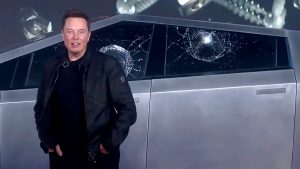
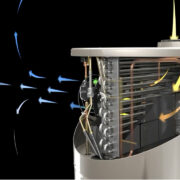
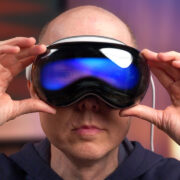

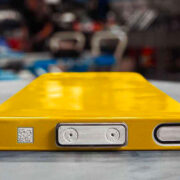
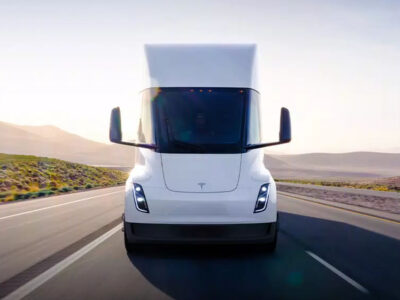
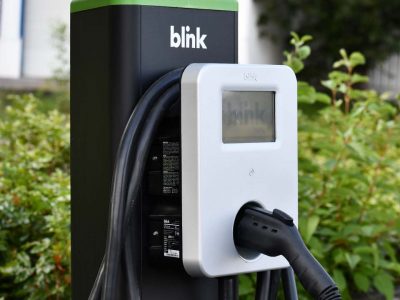




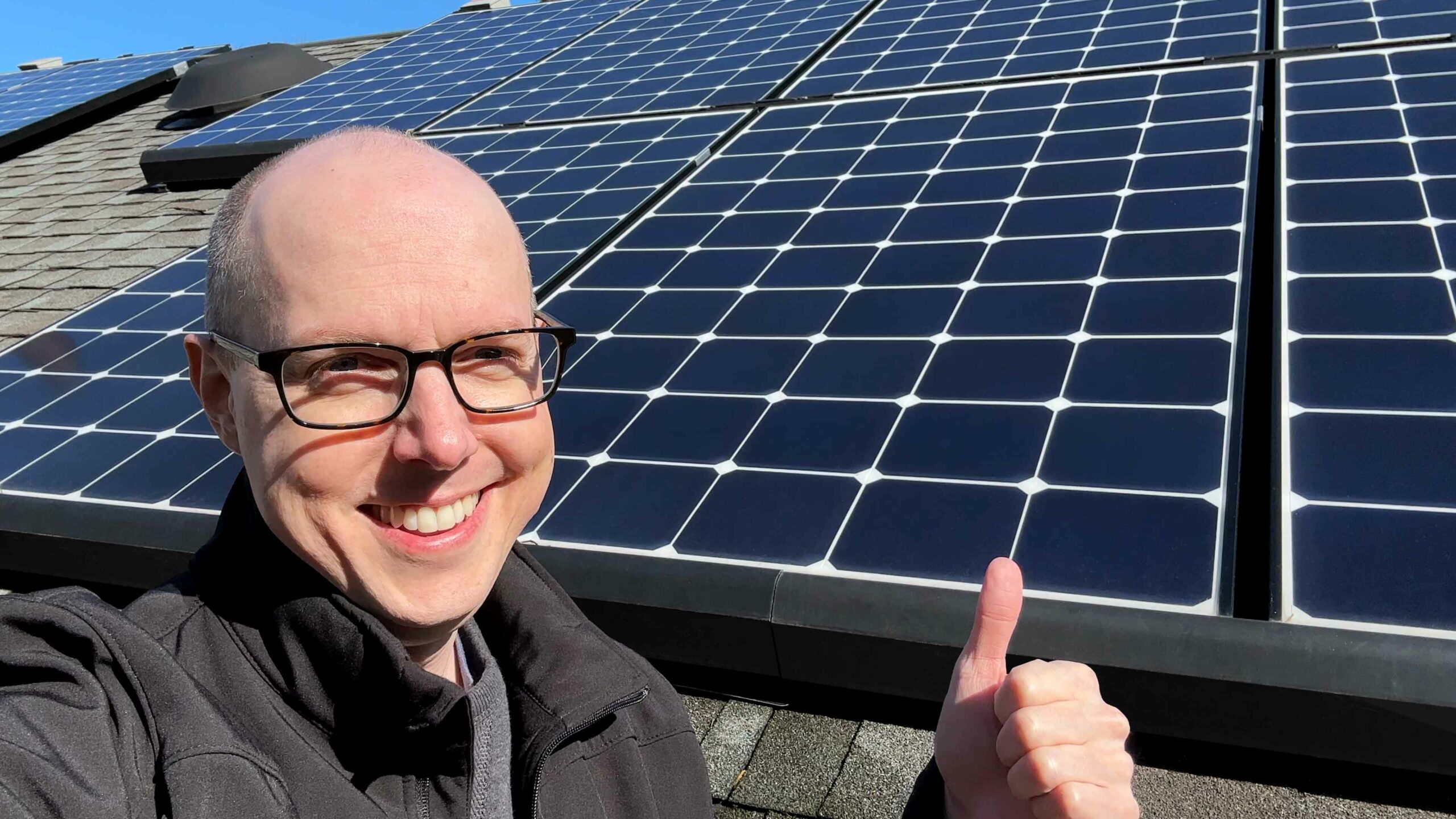

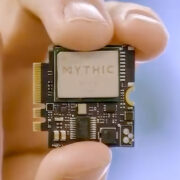
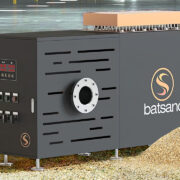

Comments